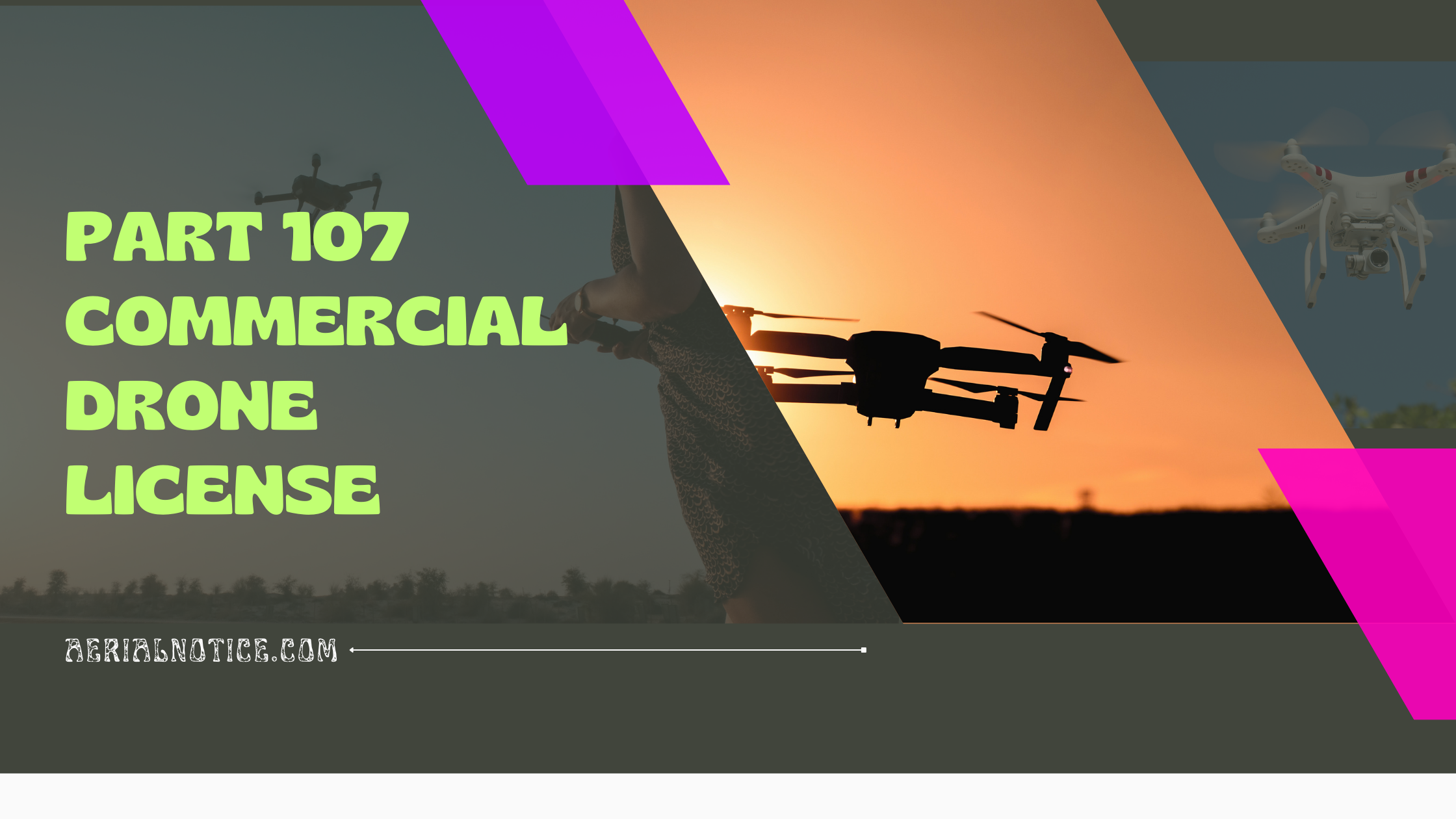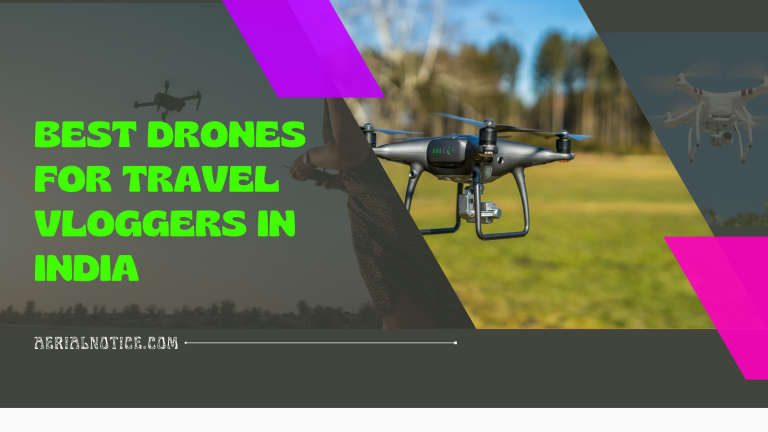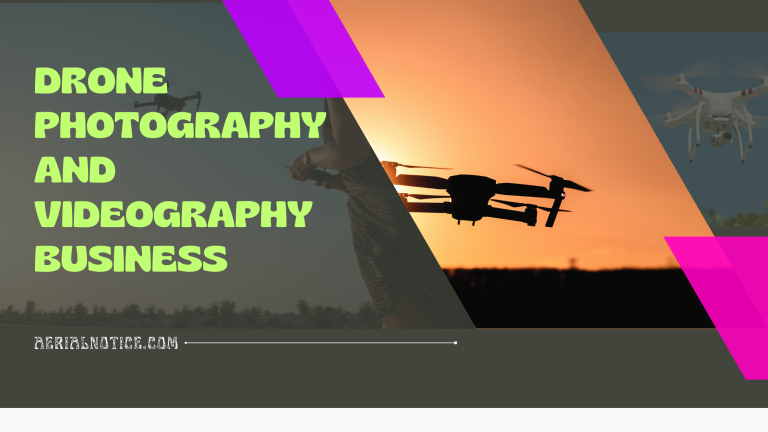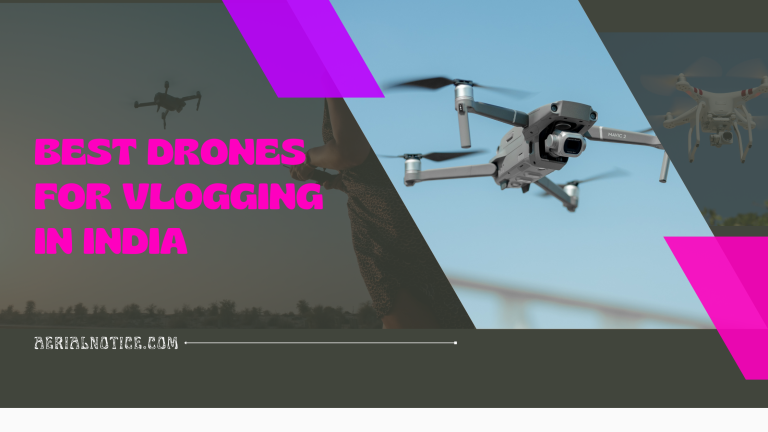Part 107 Commercial Drone License: Drone Certification Guide
The Federal Aviation Administration (FAA) Part 107 commercial drone license is meant to ensure that commercial drone pilots have a basic understanding of what sort of airplane and helicopter pilots are doing in the surrounding airspace. You can get all the information you need in an on-site app. But the ultimate goal of the Part 107 commercial drone license is to confirm that you now understand the basics in case there is an issue, your phone is not working, or you need to verify your actual airspace.
Having the Part 107 commercial drone license means you can operate the drones commercially. Whether flying for the customers or getting paid to fly, you can now pass a drone legally in the same airspace.
If you are operating the drone as a commercial operator, the regulations applied to your operation fall under the Federal Aviation Administration’s (FAA) Part 107 Small Unmanned Aircraft Rule, which can be found below.
- You must hold a Remote Pilot Certificate issued by the Federal Aviation Administration (FAA) to fly your drone commercially.
- You must register your UAV with the Federal Aviation Administration (FAA).
- Your UAV must weigh less than 55 pounds, including the payload, at takeoff.
- It would help if you flew in the Class G airspace.*
- It would help to keep your UAV within the visual line of sight.*
- You need to fly your UAV at or below 400 feet.*
- It would be best to use the anti-collision lighting to fly your UAV during the civil twilight or evening.*
- You need to fly your UAV at or under 100 mph.*
- You need to yield the right of the way to operate the aircraft.*
- You can only fly your UAV from a moving vehicle if you are in a sparsely populated area.*
*Excluding the required weight and the requirement to fly your UAV in the Class G airspace, the above restrictions can be waived if you submit and receive a Part 107 waiver from the Federal Aviation Administration (FAA).
The Class G airspace requirement can also be ignored if you apply for and receive approval for the special airspace authorization from the Federal Aviation Administration (FAA).
The drone Propeller suggests flying themselves. If you are getting your Part 107 drone license for general surveying, you do not have to get into the weeds of understanding every drone detail. You are just there as a failsafe.
So yes, the Part 107 license is an essential part of the commercial drone operation, but do not get overwhelmed by the false idea that the Federal Aviation Administration (FAA) will be breathing down your neck about every detail of your small crewless aircraft flights. They will not.






